Marvel's Golden Era: The 1980s Decade in Review
The 1970s was a tumultuous time for Marvel Comics, marked by significant changes and the introduction of iconic storylines such as "The Night Gwen Stacy Died" and Doctor Strange's encounter with God. However, it was the early 1980s that truly showcased Marvel's creative zenith, with legendary creators like Frank Miller on Daredevil, John Byrne on Fantastic Four, David Michelinie on Iron Man, and the peak of Chris Claremont's X-Men. Not to be overlooked are Roger Stern's contributions to Amazing Spider-Man and Walt Simonson's work on Thor, which were just around the corner. These creators' landmark runs are pivotal in understanding the enduring legacy of these characters in the modern era.
When considering the entire history of the Marvel Universe, the 1980s stands out as a potential golden age for the company. In this installment, Part 7 of our series, we delve into the essential issues that defined this transformative period.
More Essential Marvel
- 1961-1963 - The Birth of a Universe
- 1964-1965 - The Sentinels Are Born and Cap Dethaws
- 1966-1969 - How Galactus Changed Marvel Forever
- 1970-1973 - The Night Gwen Stacy Died
- 1974-1976 - The Punisher Begins His War on Crime
- 1977-1979 - Star Wars Saves Marvel From Bankruptcy
- The Dark Phoenix Saga and Other All-Time X-Men Stories
The Dark Phoenix Saga and Other All-Time X-Men Stories
Chris Claremont's seminal run on X-Men, which began in 1975, reached its zenith in the early 1980s with three monumental stories. The Dark Phoenix Saga, spanning X-Men #129-137, is arguably the most celebrated X-Men story ever. It follows Jean Grey's transformation into the Dark Phoenix, a villainous entity influenced by the Hellfire Club. This cosmic narrative, co-plotted and penciled by John Byrne, not only delivers a compelling story but also introduces key characters like Kitty Pryde (Shadowcat), Emma Frost, and Dazzler. The saga's emotional climax, Jean Grey's sacrifice, remains one of the most poignant moments in X-Men lore, despite her eventual return. While adaptations in films like X-Men: The Last Stand and Dark Phoenix have not fully captured the story's essence, animated series such as X-Men: The Animated Series and Wolverine & the X-Men have done it justice.
Following closely is Days of Future Past in X-Men #141-142, a seminal tale involving time travel and the Sentinels, originally introduced by Stan Lee and Jack Kirby. This story sees an adult Kitty Pryde attempting to avert a dystopian future by preventing the assassination of Senator Robert Kelly. Its impact has been felt across various media, including the 2014 film X-Men: Days of Future Past and the season arc of Wolverine & the X-Men.
Finally, X-Men #150 features a pivotal battle between the X-Men and Magneto, where the revelation of Magneto's Holocaust survivor backstory adds depth to his character, setting the stage for his complex moral evolution.
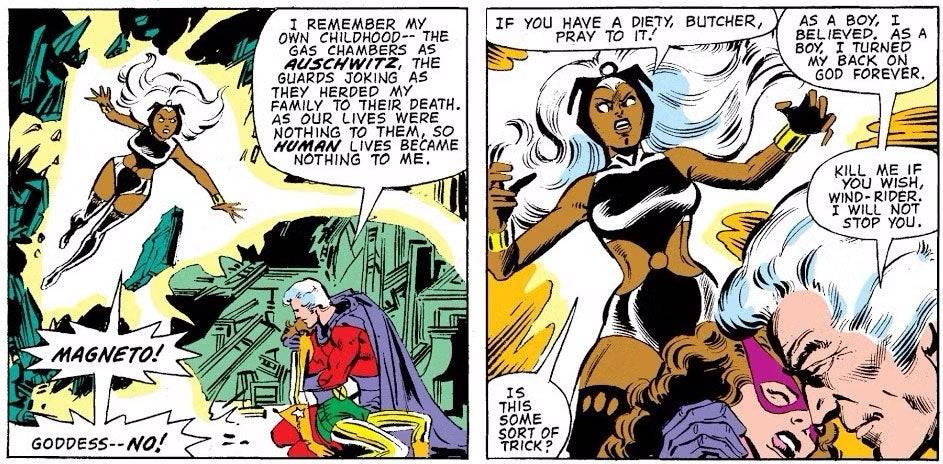
The First Appearances of Rogue, She-Hulk, and the New Mutants
The 1980s also introduced several iconic female characters. Rogue, who debuted in Avengers Annual #10 as part of Mystique's Brotherhood of Evil Mutants, began her journey as a villain before becoming a beloved member of the X-Men. Her initial encounter with Carol Danvers (Ms. Marvel), where she absorbs Carol's powers, significantly altered both characters' trajectories. This issue also highlighted Carol's complex relationship with the Avengers, particularly after her traumatic experiences detailed in Avengers #200.
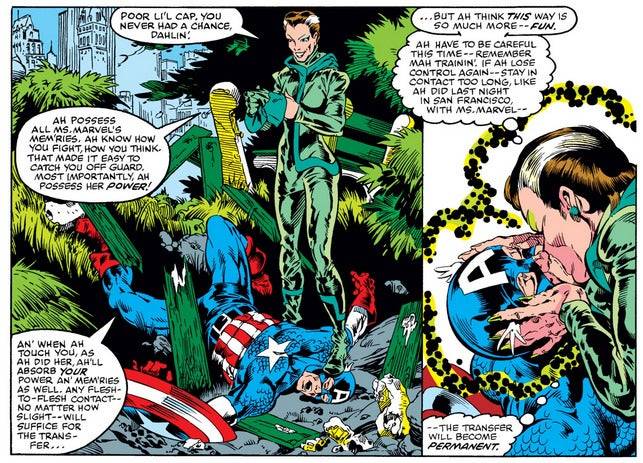
She-Hulk, created by Stan Lee in her final appearance during his initial Marvel tenure, debuted in Savage She-Hulk #1. Jennifer Walters, Bruce Banner's cousin, gains powers similar to the Hulk after a life-saving blood transfusion. Although her initial series was not well-received, She-Hulk's character flourished with the Avengers and Fantastic Four. Tatiana Maslany later brought the character to life in the MCU's She-Hulk series.
The New Mutants, Marvel's first X-Men spin-off, launched with Marvel Graphic Novel #4 before getting their own series. This team of teenage mutants, including Cannonball, Sunspot, Karma, Wolfsbane, and Dani Moonstar (Mirage), set the stage for future stories, notably with the addition of Illyana Rasputina (Magik) in issue #15. The 2020 New Mutants film drew heavily from this lineup, featuring Anya Taylor-Joy as Magik.
Iconic Storylines for Daredevil, Iron Man, and Captain America
Daredevil #168 marks a turning point with Frank Miller's dual role as writer and artist, introducing Elektra and redefining Daredevil's world with gritty realism and crime noir elements. Over the next two years, Miller crafted a saga that included the rise of Kingpin as a nemesis, the introduction of Stick, Daredevil's first encounter with the Punisher, and the tragic death of Elektra at Bullseye's hands in issue #181. This run remains a cornerstone for fans and a key influence on subsequent adaptations, including the 2003 film, the 2015 Netflix series, and the upcoming MCU series Daredevil: Born Again.
David Michelinie and Bob Layton's Doomquest in Iron Man #149-150 introduced a solo confrontation between Iron Man and Doctor Doom, sending them back to Arthurian times. This arc solidified Doom's place in Iron Man's rogues gallery, despite his primary rivalry with Mr. Fantastic.
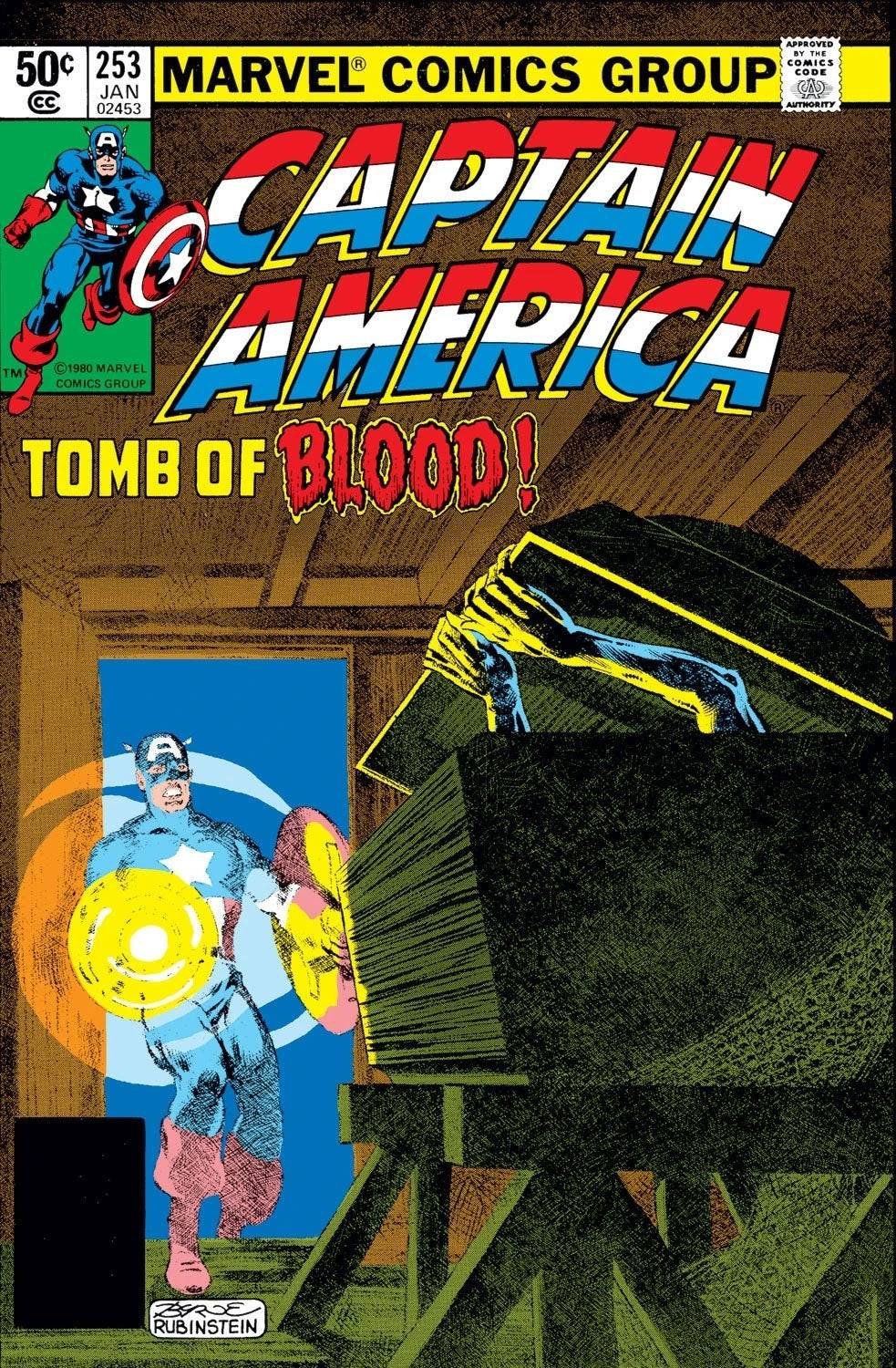
Roger Stern and John Byrne's Captain America #253-254 features a darker narrative with Cap battling Baron Blood, a Nazi vampire connected to his WWII-era team, the Invaders. This arc is notable for its compelling storytelling and striking artwork.
Moon Knight Becomes a Hero and Marvel Helps Create the G.I. Joe Mythology
Moon Knight #1 solidified the character's heroic status, detailing his backstory and introducing his alternate identities, Steven Grant and Jake Lockley. Originally an antagonist in Werewolf by Night #32, Moon Knight's transformation into a hero began here.
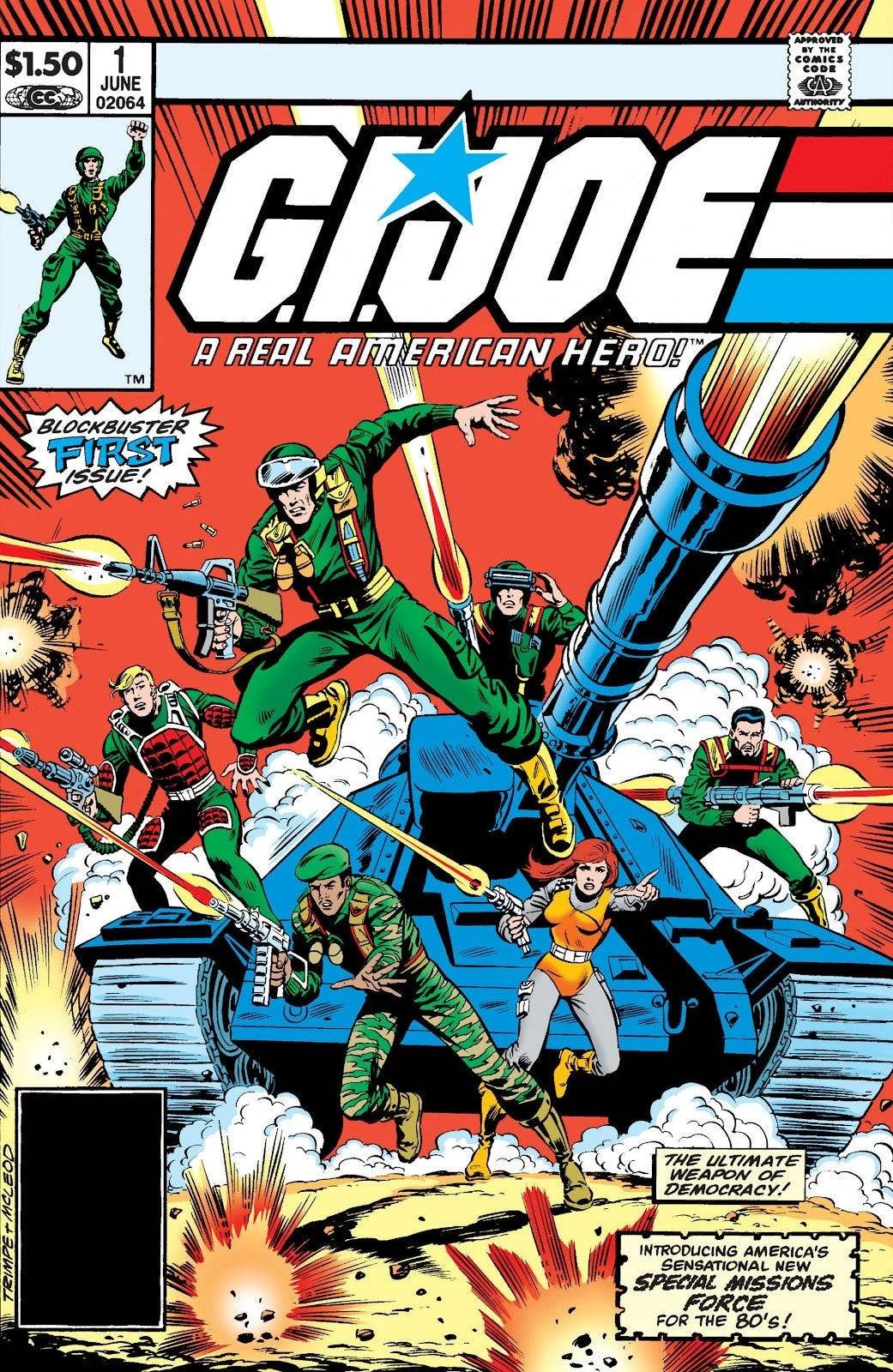
While not owned by Marvel, the G.I. Joe franchise owes much of its character development to Marvel's 1982 comic series. Archie Goodwin and Larry Hama crafted the narrative and characters, including Scarlett, Snake Eyes, Storm Shadow, Lady Jaye, and the Baroness. Hama's work not only made G.I. Joe one of Marvel's most popular titles but also resonated with a diverse readership, particularly women, due to the equal treatment of female characters.
-
 Mar 17,25All Split Fiction Achievements & How to Unlock Them Dive into the captivating co-op adventure Split Fiction from Hazelight Studios! This guide outlines every achievement, ensuring you and your partner conquer every challenge. While some trophies are earned naturally through the story, many require thorough exploration and unique actions. Use this g
Mar 17,25All Split Fiction Achievements & How to Unlock Them Dive into the captivating co-op adventure Split Fiction from Hazelight Studios! This guide outlines every achievement, ensuring you and your partner conquer every challenge. While some trophies are earned naturally through the story, many require thorough exploration and unique actions. Use this g -
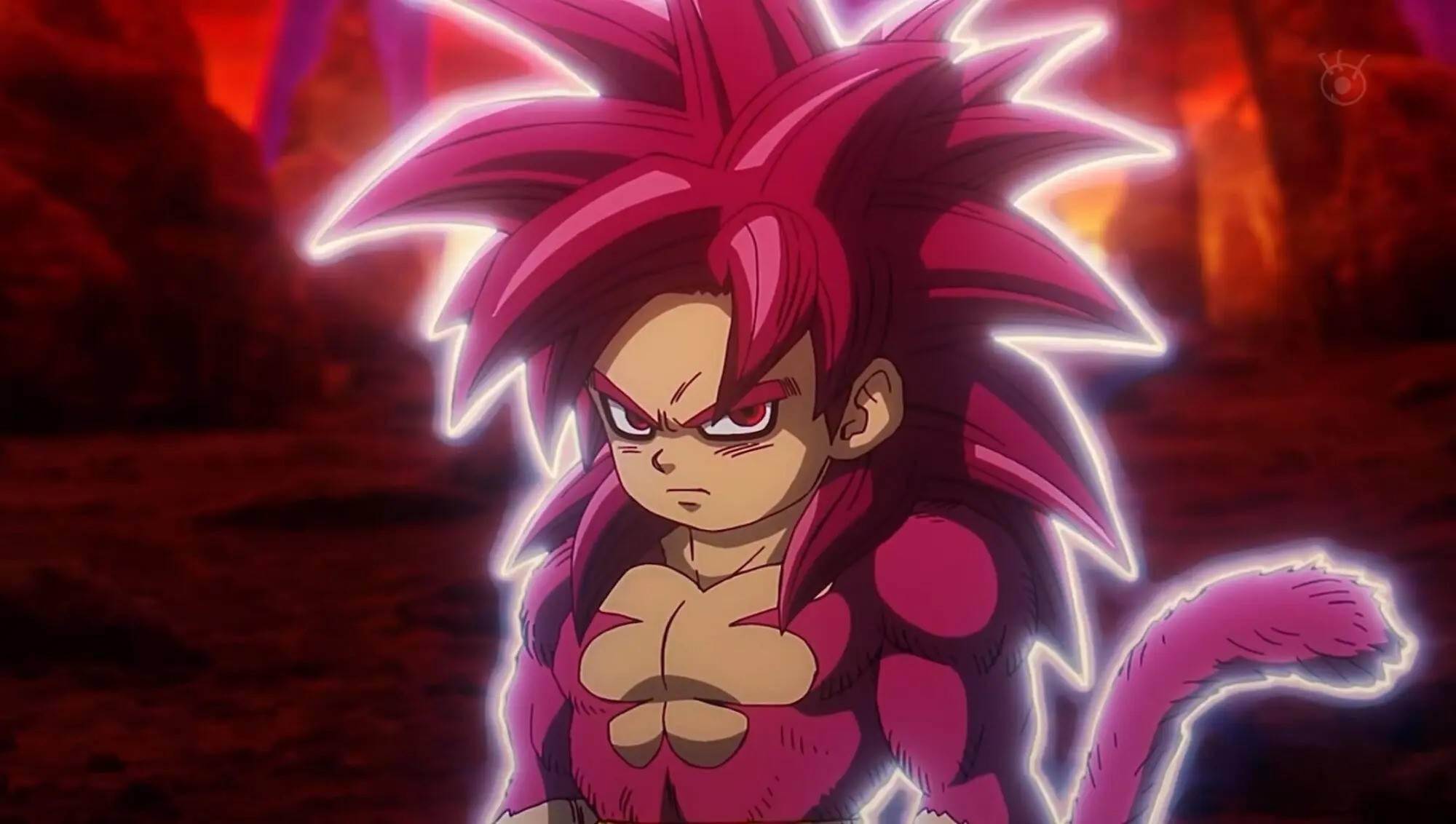 Mar 19,25How Does Dragon Ball Daima’s Finale Explain Goku Never Using Super Saiyan 4 in Super? The climactic battle in Dragon Ball Daima's finale pits Gomah against Goku, showcasing Goku's newly acquired form. This episode naturally led many fans to anticipate an explanation for Super Saiyan 4's absence in Super. So, how does the finale address this?In episode 19, after Glorio's wish restore
Mar 19,25How Does Dragon Ball Daima’s Finale Explain Goku Never Using Super Saiyan 4 in Super? The climactic battle in Dragon Ball Daima's finale pits Gomah against Goku, showcasing Goku's newly acquired form. This episode naturally led many fans to anticipate an explanation for Super Saiyan 4's absence in Super. So, how does the finale address this?In episode 19, after Glorio's wish restore -
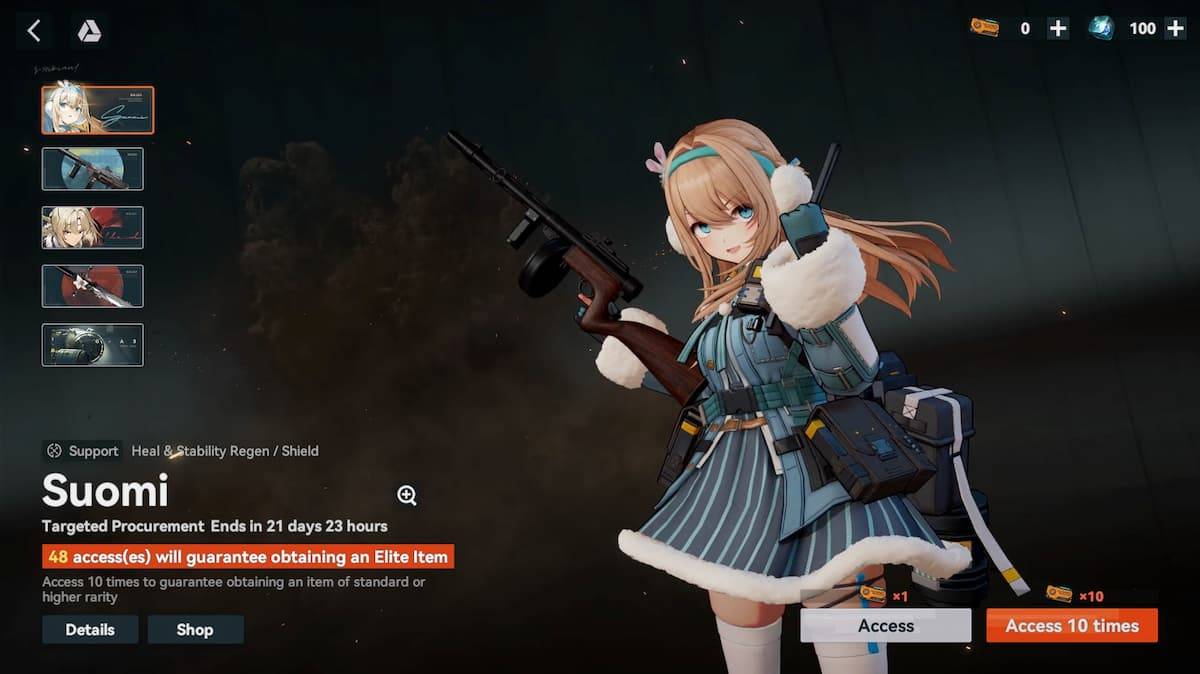 Jan 16,25Girls' Frontline 2: Exilium Tier List Released Another free-to-play gacha game, another character ranking to guide your investment choices. This Girls’ Frontline 2: Exilium character tier list helps you prioritize which characters are worth your resources. Girls’ Frontline 2: Exilium Character Tier List Here's a breakdown of currently available
Jan 16,25Girls' Frontline 2: Exilium Tier List Released Another free-to-play gacha game, another character ranking to guide your investment choices. This Girls’ Frontline 2: Exilium character tier list helps you prioritize which characters are worth your resources. Girls’ Frontline 2: Exilium Character Tier List Here's a breakdown of currently available -
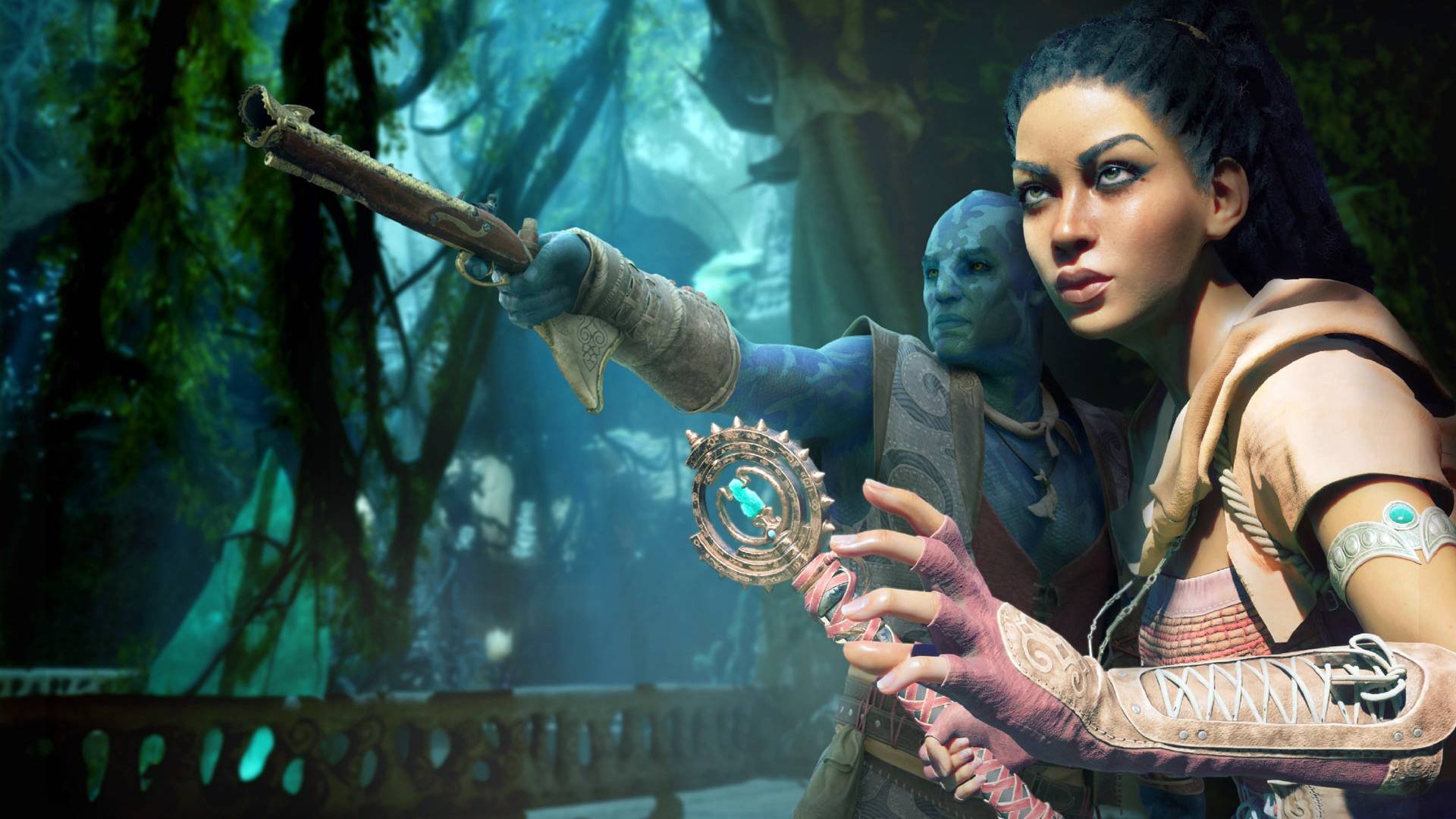 Mar 18,25Avowed Best PC Settings for Max FPS *Avowed*, a visual masterpiece, immerses you in a richly detailed world. To fully appreciate its stunning graphics without sacrificing performance, optimizing your PC settings is key. This guide helps you strike the perfect balance between breathtaking visuals and smooth gameplay.Recommended Videos
Mar 18,25Avowed Best PC Settings for Max FPS *Avowed*, a visual masterpiece, immerses you in a richly detailed world. To fully appreciate its stunning graphics without sacrificing performance, optimizing your PC settings is key. This guide helps you strike the perfect balance between breathtaking visuals and smooth gameplay.Recommended Videos
